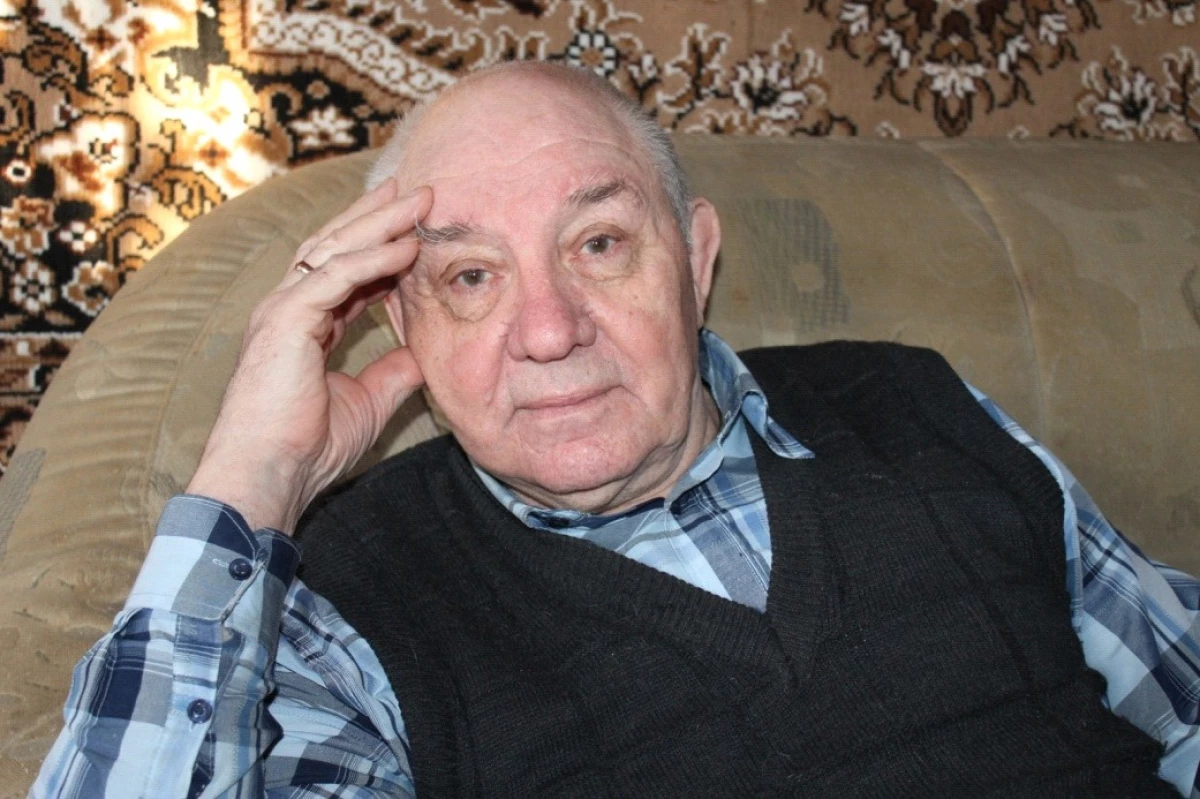
About how Soviet polar aircraft worked in those years, a graduate of the Yegoryevsky Aviation and Technical School was told.
Work experience in the Arctic Yuri Vasilyevich Galakhova - 18 years. How many times during this time he and his comrades had to plant their plane on drifting floors - it is now difficult to calculate.
School
Since childhood, I attracted me to the sky. Aeroklub did not succeed, although he passed the Serious Flight Medical Commission. Envy looked at the aircraft aircraft, which was then on Bronnitskaya Street. After graduating from High School No. 5, he entered the Egoryev Aviation and Technical School of Civil Aviation, which graduated in 1961. Prepared cadets then in two specialties: techniques for the operation of aircraft and engines and techniques of fuel. He studied seriously, the teaching staff was strong. I still remember with gratitude to the teachers of the operational cycle - the closer of A.R. Bable, N.S. Maziru, Mospenko and L.A. Strip. Almost all of them went through the war, had extensive experience of operating aircraft. The chief of the school of George Gavrilovich Vitanov had a title of general civil aviation, which caused great respect for cadets. Egorievsky school was very high, although it was not the only one in the Union. Aviation technicians also prepared in Vyborg, Irkutsk, Kirsanov. But only in Yegoryevsk, technicians were prepared for servicing the latest aircraft of the time - TU 104, IL 18. Probably, it was due to the fact that we were prepared for work at the airports of Moscow and major cities of the Union, where these aircraft were exploited. Graduates of the schools were assigned a specialty technician class 3 and appropriate salary was assigned - 80 rubles.
Cadets of the school at that time lived at the barrage, as there was a military department. Exit to the city demanded a savvy. Our Fillas Commanders are observed very strictly. We didn't think about changing the profession, after graduation, I went to the aviation.
Distribution
The first place of my work was Sheremetyevo Airport, where I happened to serve the aircraft Tu-104 and Il-18. The hostel and aircraft, where you could have been playing sports and amateuries for us. But it lasted for a short time. After about a year later I returned to my hometown, in my school, to the post of instructor of the educational airfield. The dream to fly remained, and here in 1967 through the administration of polar aviation, having grade 2, "recruited" to the north by a simple aircraft, in the hope of starting his fly career there.
Church
The village of Chersky in Yakutia became the place of my northern base. The place was called "Sochi Arctic." Located in a hundred kilometers from the Ice Ocean, the merge of the Panthei and Kolyma rivers, the village really differed to be favorable for local climates. In winter, because of the proximity of the ocean and rivers in a kilk was warmer than in the central part of Yakutia. And in the summer - cooler. But the number of clear, sunny days was much more than on the coast.
When I first arrived in Cherka, and it was in early February, there were 30-40 degrees on the street. A coat of artificial fur in the frost wondered, crackled and began to literally decay into pieces. We were quickly brought to the hostel, under the unofficial name "500 funny" where they gave a flight jacket, more suitable for the Yakut climate. The nature of these generous places is even in Siberian standards. Fishing in summer and winter, berries, mushrooms. Clean air and nature fondundra fascinated. Love for these places remained forever.
Conditions in the kilk did not allow to serve large aircraft. They were simply not there, because there was no take-off stripe. It was necessary to independently study those aircraft that were operated at the time - AN-2, Li-2, Il -14. These cars performed work every day, had to serve them in the summer and in winter to any weather.
After two years of work, the aircraft was aimed at reappear in the training squad of polar aircraft in Zakharkovo, not far from Tushino. After training, I endured the exam and received a new specialty - the bornemaker of the An - 2 aircraft and the helicopter Mi- 4. So my dream was realized. In the future, I had to retire to more serious technique: An-24 aircraft, An -26, which by then received a flight detachment No. 248.
Accident
From 1969 the beginning of the C B my flight work. On Annushka, as we called An-2, was good, especially in the summer. The speed is small, the height is small. All the beauty of nature - lakes, rivers, docks - float under the wing of the aircraft, as a good artist drawn. Flights mainly passed over the tundra. Served fishermen, reindeer breeders, geologists.
Over the entire fleece career of serious incidents, I managed to avoid. Still, one flight for us was not completed. We arrived at the time in the settlement. There was a warm summer day. Only hordes of mosquitoes were prevented, annoyingly buzzing around. The aircraft An-2B, on which we flew, could take off and sit only on the aqueous surface. He was affectionately called the "float". And in a different way, in this place will not sit down - the soil strip was not in this place. Flew without adventure, began to sit down. But for some reason, the reverse traction did not work, and we rushed to the shore at a decent speed. There is a narrow duct, go away from hitting nowhere. The collision with the Earth was not very strong, but the aircraft suffered, the right lower plane and two pink were broken. Reported on the basis of what happened. Soon arrived a helicopter with the manual. Our damaged An-2 was left on the spot, and a little later, as part of a brigade of 4 people had to restore it. We worked for three days on the belt in cold water, under a tedious frosting rain. Surprisingly, none of us fell ill and did not even sneeze. For the rapid restoration of the aircraft, the entire brigade was awarded a cash prize.
Kuntah Motor.
How good is the climate in the kilk, but the north is North. All operations of technology under these conditions are associated with many difficulties. The main one, but far from the only thing is to maintain heat in the engine. In winter conditions at a low temperature, the oil is so thick that the engine is not only impossible to run, but also you cannot turn the air screw. Therefore, to maintain a warm engine is one of the main tasks of the bornemaker. In winter, the engine was covered with thick cotton covers, in summer - simple canvas. Work in the open air got hard. There were no work gloves, all operations were performed with open hands. Mittens and warm air, which was injected over the sleeves from special installations.
Cherchan
The inhabitants of Cara - Yakuta, Yukagira, Chukchi, Russians are old-timers living in these places a long time ago and visitors from different places in the country. Local peoples were engaged in fishing, hunting, reindeer herding. They could always find good fish or deer meat. The coral is especially remembered - massive slaughter of deer on meat. And then meat and fish were exported on airplanes to the village. On vacation, children of reindeer herders preferred to be in pastures with their parents. And at the end of the holidays had to fly along the tundra and collect children again to the boarding school. The reindeer herders studied in a fatty life in every way, tried to build a village. But it turned out badly, since they are not accustomed to homes. Even next to the house was told Yangu. We lived with one friendly family, and everyone performed her work.
About the people of Cherka, I wrote such lines:
Chukchi, Yakut, Yukagir ... All the brothers were in the world.
From Kamus shoes to holes worn and wives and children.
Polar gray meal, and minus fifty winter,
Warmly created by us
only a woman is so easy
But still lives our squad,
since the meeting was between us,
Guys who left the life of a minute of silence.
Losing health, friends are a minute of sadness,
But in the heart and life of my life, Native Cherryan remained.
High-grade expedition
The most interesting, dangerous and high-paying work was in a high-tech expedition. Flights over the waters of the Arctic Ocean, delivery of people and cargo at the North Pole station, participation in hydrological expeditions ... Almost all of the flight tasks were accompanied by landings on the floes, which was probably the most dangerous part of the work. Predict how the ice will behave in the Arctic. The weather may change instantly. Any landing can turn around the tragedy, the plane may fall asleep and go under the water. Before any of these landings, the entire crew keeps the Council - you can sit or not. Estimated the ice thickness in its color, they look, there are no wet spots, testifying to the thickness of the ice. Evaluate its evenness, check whether there is no torosa. If at least one of the crew members are looking for another platform. After landing on the ice, the usual work of hydrolyts begins. We can only help them.
White bears
The polar bear is the largest predator of our planet. Many hassle delivered to the inhabitants of the polar stations and the villages on the coast. Wrangel Island Located in the East-Siberian Sea, where we had to be based, they were talked to the maternity hospital. Flying over the ice had to see and watch their lives. Food, mostly walrles and nervous, these beasts are alone. Sometimes enter the villages to people. One of these meetings I remember well. Flying on the An-2 at a low height, the crew was easily noticed among the ice of the yellow stain. It was a bear with three small bears. The Medvedian also noticed us and ran to the torus. Bear was dirty behind her, but quickly, as a mother could not, lagged, she had to wait them. Especially lagged one of the kids. Then the mother returned to him and firmly gave him a paw under his ass. Watch this family scene from the air was funny.
We had meetings with bear and on Earth. Once a bear appeared because of the torosa and headed for our plane. Then he thought, sniffed the air, turned around and went back. We decided to treat it with fish and bread, I broke through a couple of holes in the bank of the condensed milk. They put all this at a distance of about 50 meters and began to observe. Mishka Put in sight of us and went back to the torus. I went and took the bank. There is no drop in it. As he managed to lick her so clean through holes, the mystery remained for me.
But not all meetings with a white bear on Earth were so harmless. And in the village, and at the polar stations there were attacks on people and dogs. People constantly went with a weapon, it was spelled out in our instructions. In the polar stations there were great help, since they were the first to feel the approach of bears and their barks warned us.
On the bottom of the ocean
According to international rules in the Arctic, it was possible to fly over clear water only on two-door aircraft. This role was performed by Li-2 and Il -14. After the write-off of Li-2 and IL-14 aircraft, it was necessary to perform these works on the An -2 single-engine aircraft, but in a pair. Once such a case occurred. We performed work with the hydrologists who asked to pick up the site closer to clean water. One crew chose the pad and began to go landing. The second aircraft in which I was, at that time was in the air, watching the first. I was clearly seen from above, as the first An-2 at the end of the landing fell on skis under the ice. The ice was subtle, and did not stand the weight of the aircraft. Through the open door, the crew and passengers jumped into ice. Our plane sat down on the side of a thicker ice. Soon, everyone gathered at the sunken car. It was clear that the aircraft could not be saved. For myself, on-board clocks and a couple of devices were removed. Ice also unloaded documentation and property. Soon the leadership of Lee -2 arrived and gave the team to the demolitions of blowing the car. Her remains after the explosion went under the ice. This time forever.
I had a chance to participate in the rescue expedition on the evacuation of people who have failed once on the Li-2 plane, which also sat down on thin ice. It was sad to look at a helpless car that took into ice among the white silence. Its fate turned out to be sad, she was also allowed at the bottom of the Northern Ocean Ocean.
Who "looked out" north
North filters people. Loves competent, patient, humane. If a person answers him with love, then the north takes it. I immediately loved the harsh nature of the North and people, constantly ready to help, share the latter who did not close the doors of his dwellings. Such openness and friendship on the "continent" had to be seen not often. I still helped me to endure the difficulties of work and life humor, public work, participation in amateur activities and meetings with good people. And, of course, the family. Random people in the north did not hold a salary or coefficients that even interfered because of various temptations sometimes. Lack of family, uncontrolled money, alcohol, and most importantly - the absence of self-control - that is the reason that the North spoiled people who did not approach him. Fortunately, I did not enter their number. Even now, if I were offered two trips - to Canaras and in Cherka, I would choose kilsky.
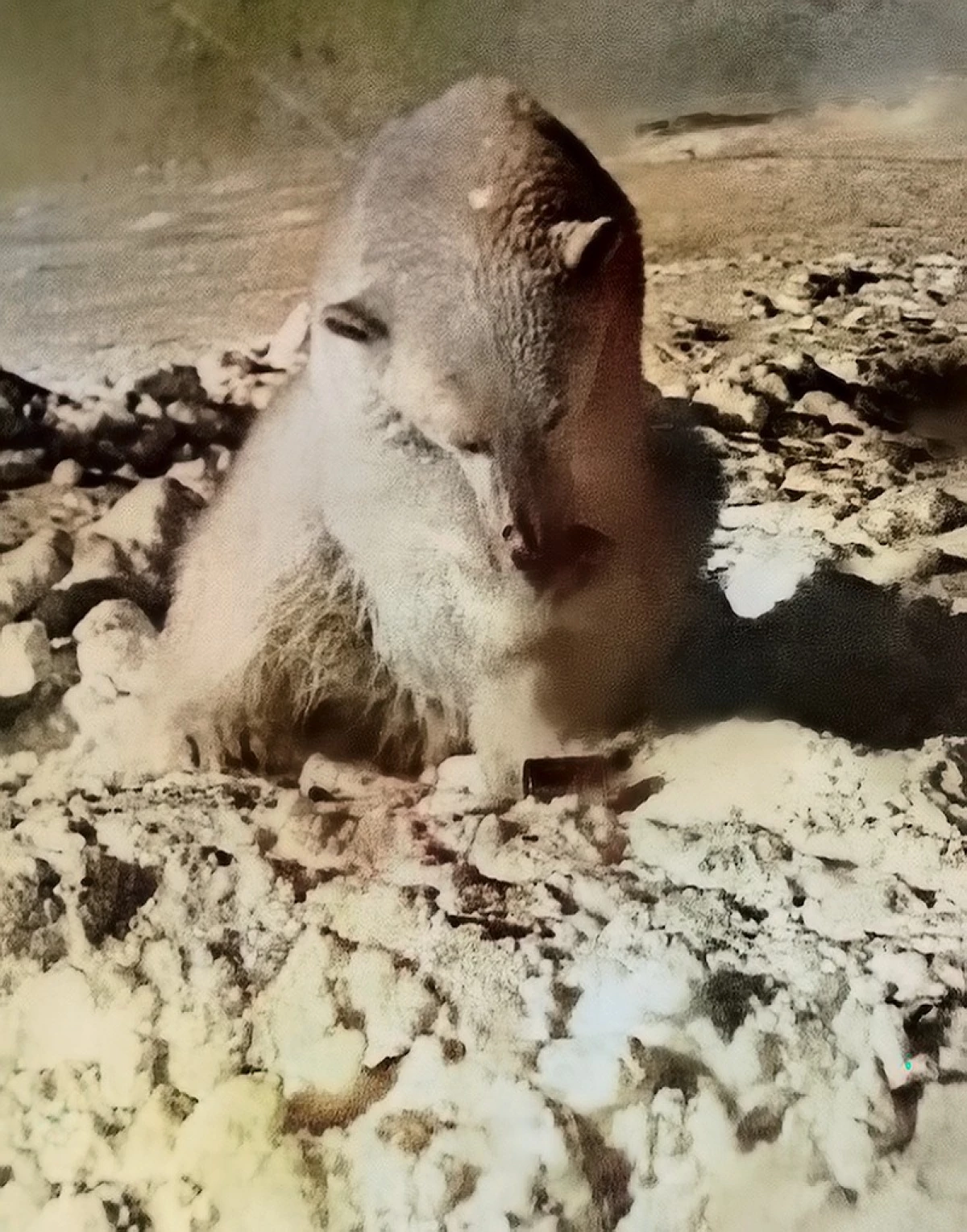
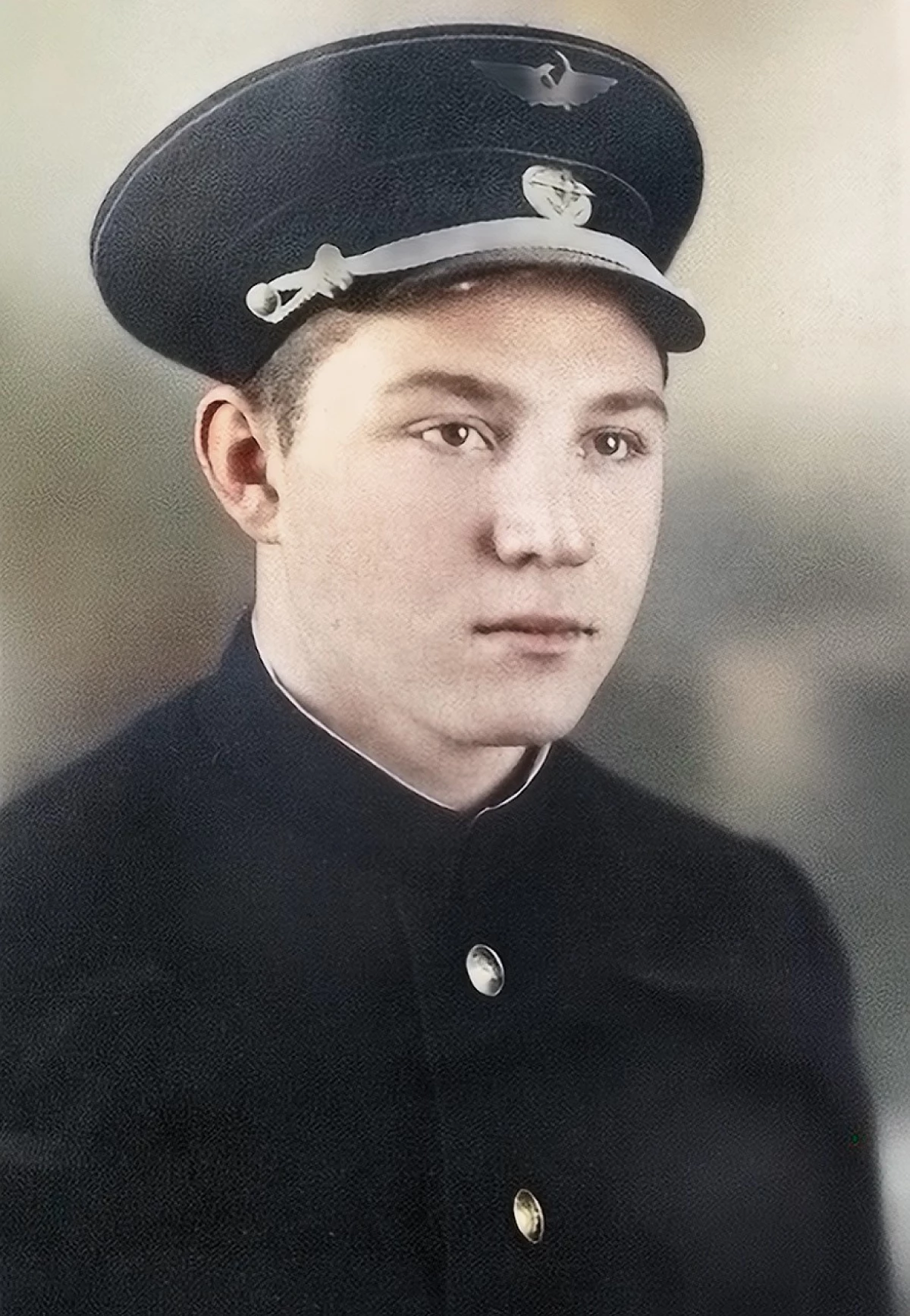
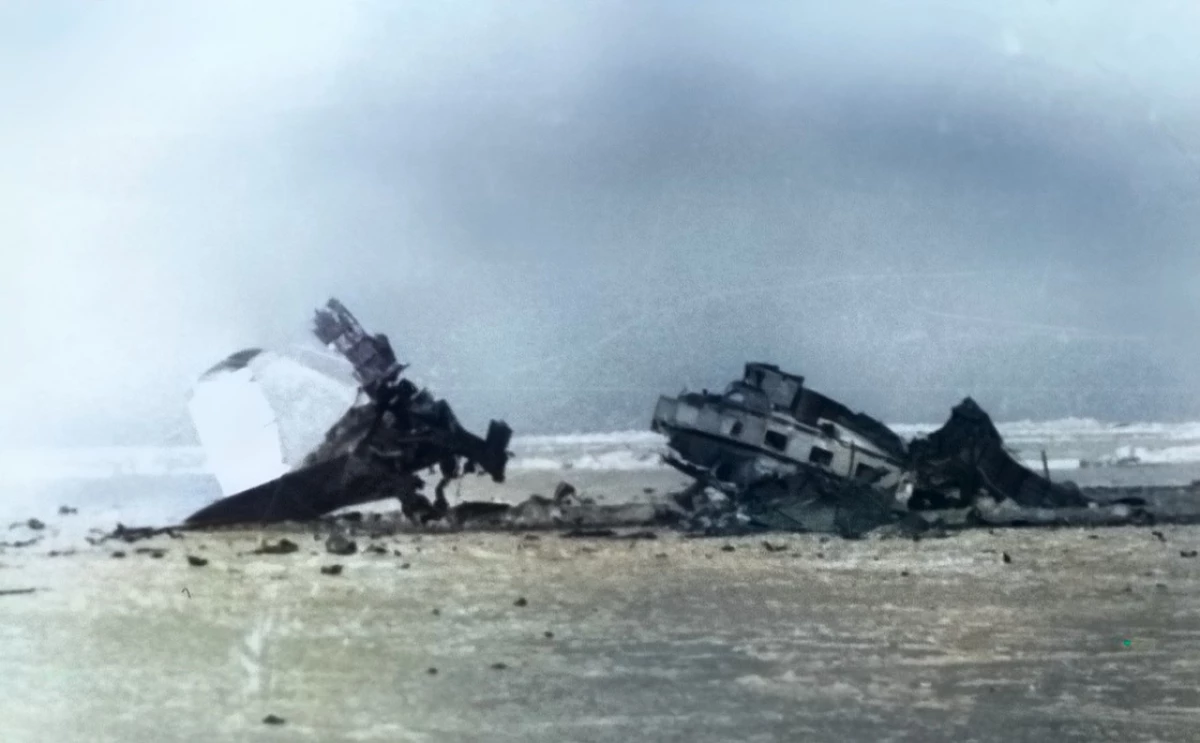
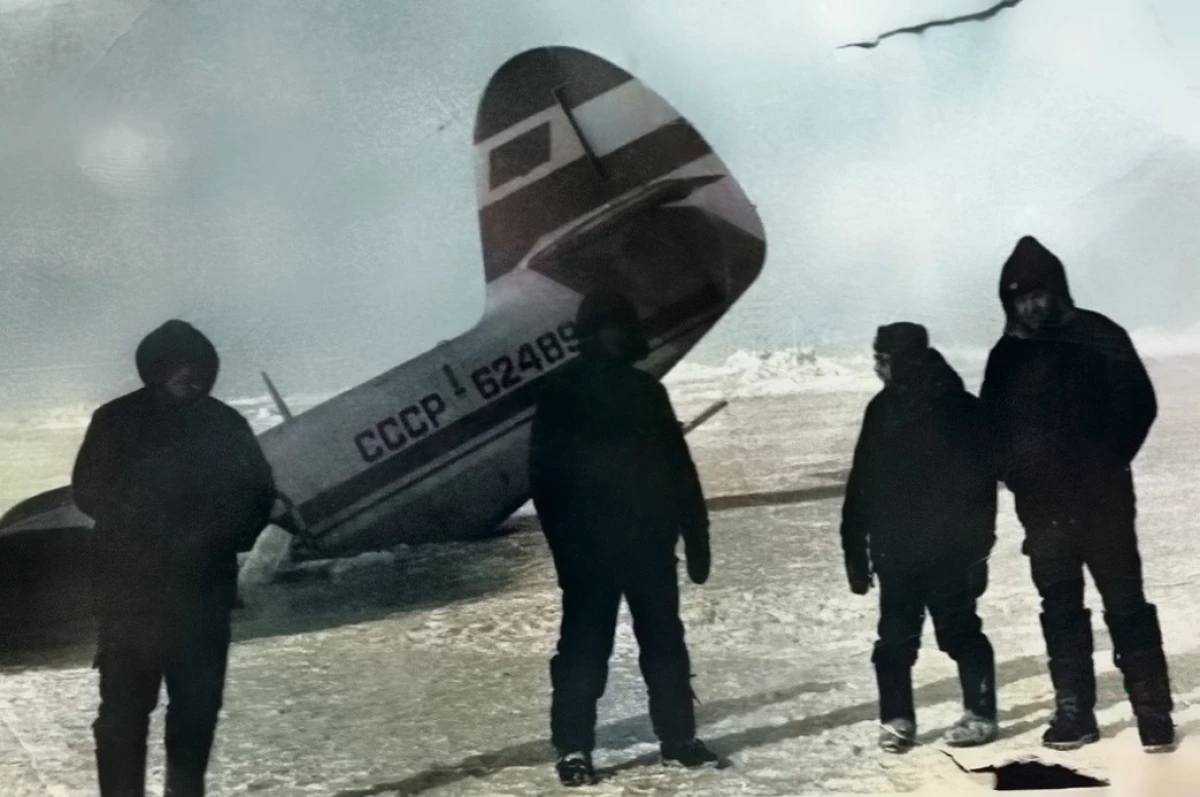
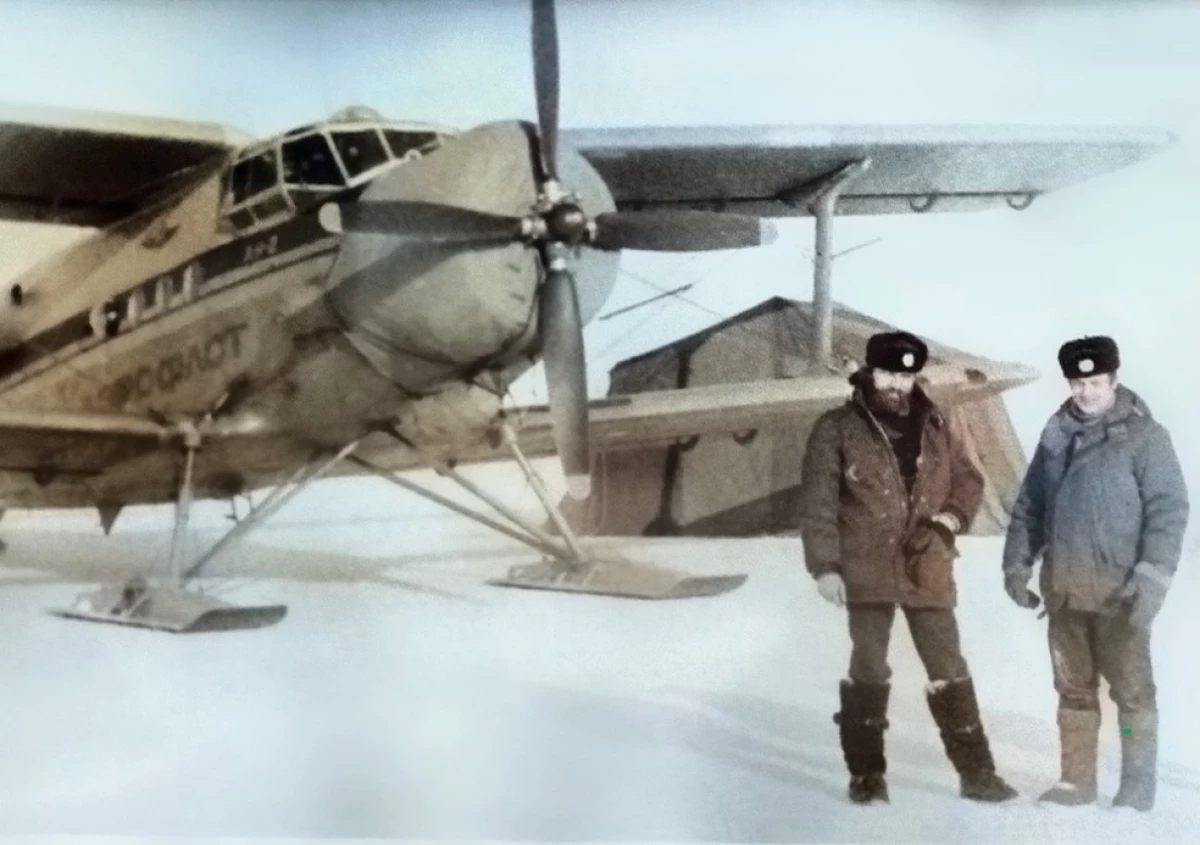
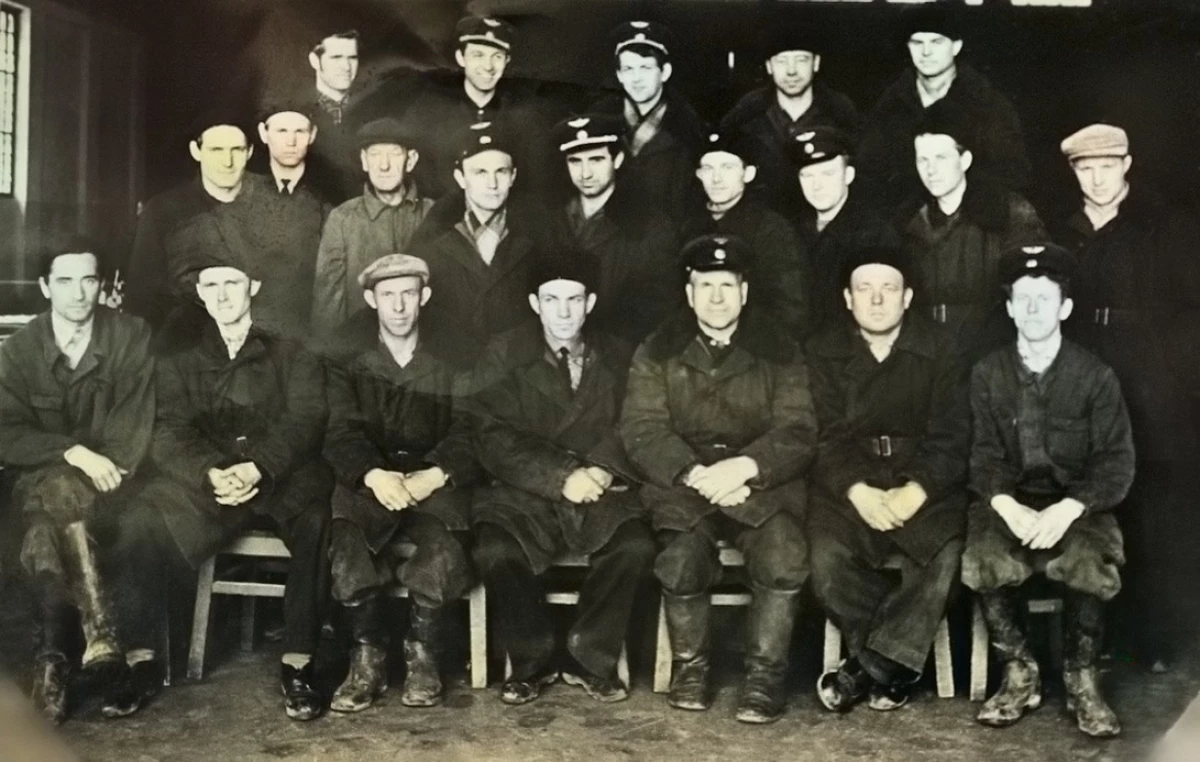
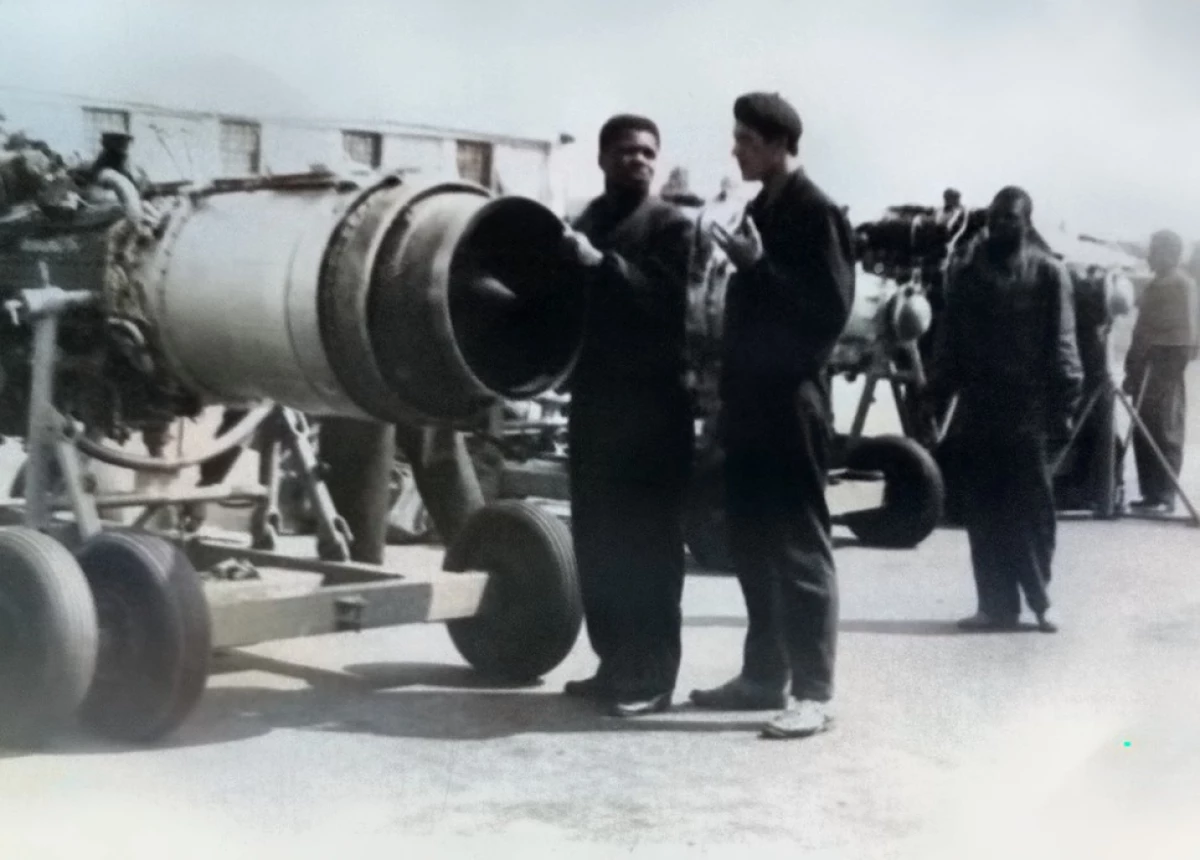
LinkedIn.
Evernote.
Twitter.
LiveJournal
Google+
OK.
Vkontakte.
